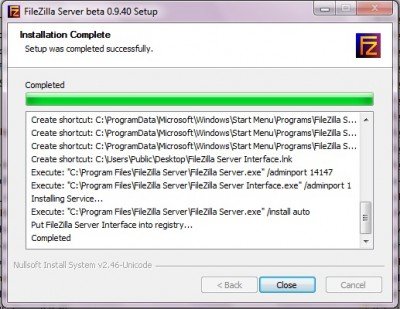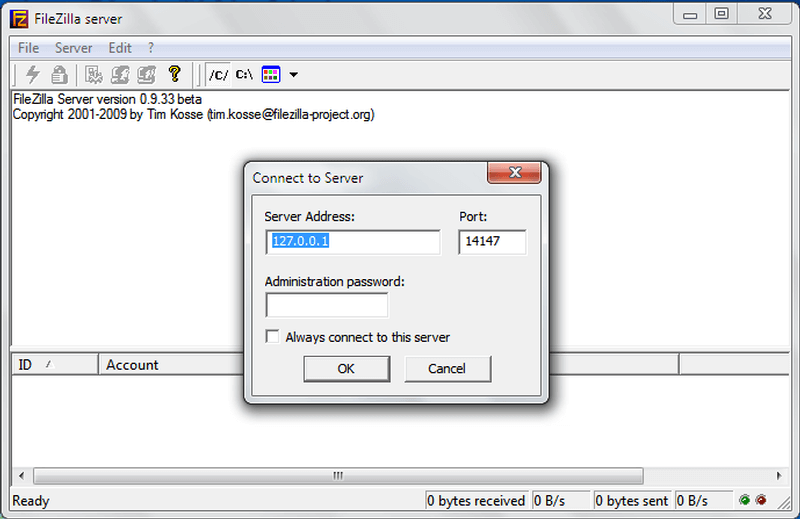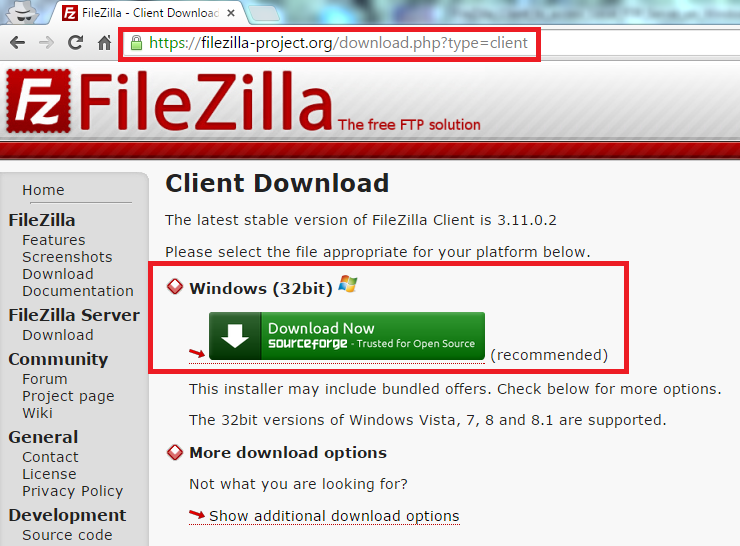

Though FTP servers have long been the enterprise choice for file transfer, today’s cloud solutions tend to offer more advanced features with increasing security awareness. Both offer online file transfer and sharing features, but how do they differ? Issue With the advancement of cloud computing, cloud service providers offer a worthy alternative to traditional FTP servers. Password authentication, SSH key authentication (SFTP), MFA, multiple user and admin roles

On-demand reports, audit log archive, inactive user suspensionĭedicated network firewalls, vulnerability scanning, full backup or offsite replication, high availability serversĮmail notifications, flexible directory structure, limited folder views per user, file retention controls, granular user permissionsĭesignations for SSAE-18 SOC1, SOC2, or SOC1 GDPR PCI-DS HIPAAįTP, FTPS, or SFTP file sharing links data-in-transit encryption branded web UI (HTTPS) dedicated IP and custom SSL certificate The following features are typical for modern FTP server solutions: Level In the realm of cybersecurity concerns, some FTPs allow for anonymous connection while others require a username, password, or MFA. How different FTP servers differ often is the security of accessing the FTP. With two devices known as FTP clients connected to the internet and a specific FTP server, the server enables the uploading and downloading of data between the two parties.

The above graphic shows how FTP servers act as an intermediary between devices. FTP servers go beyond other servers in facilitating file transfers over the internet.


 0 kommentar(er)
0 kommentar(er)
